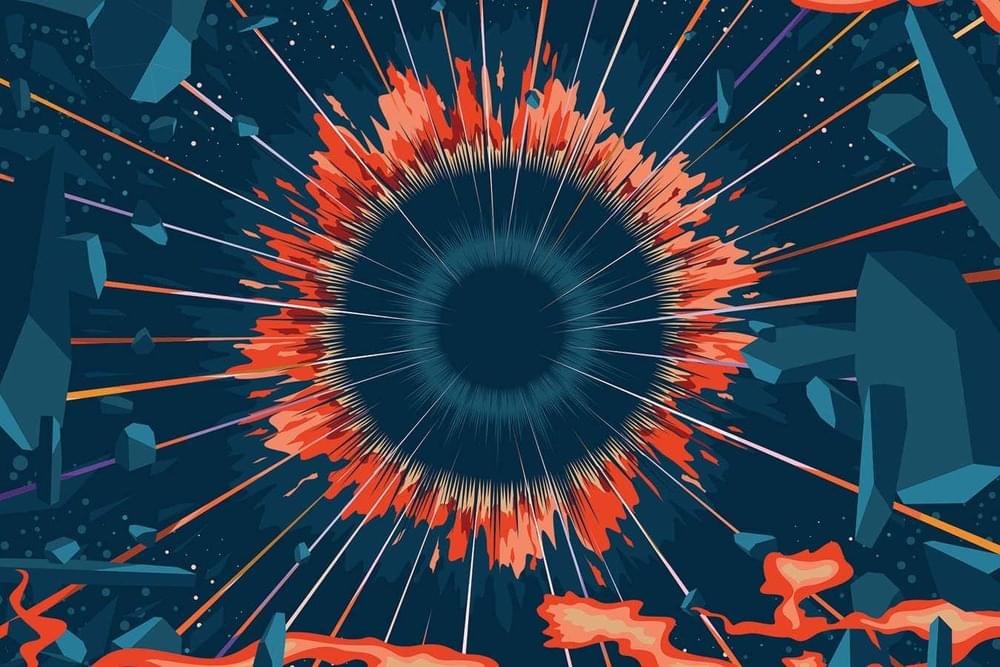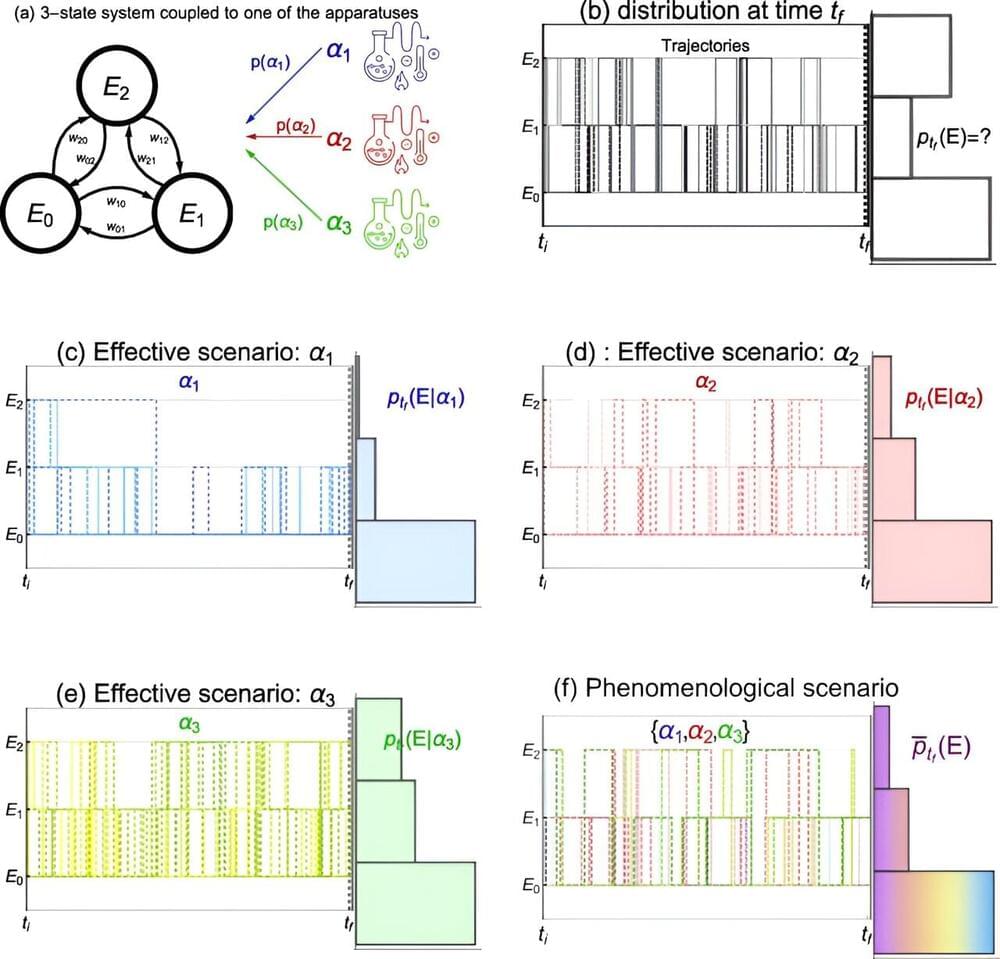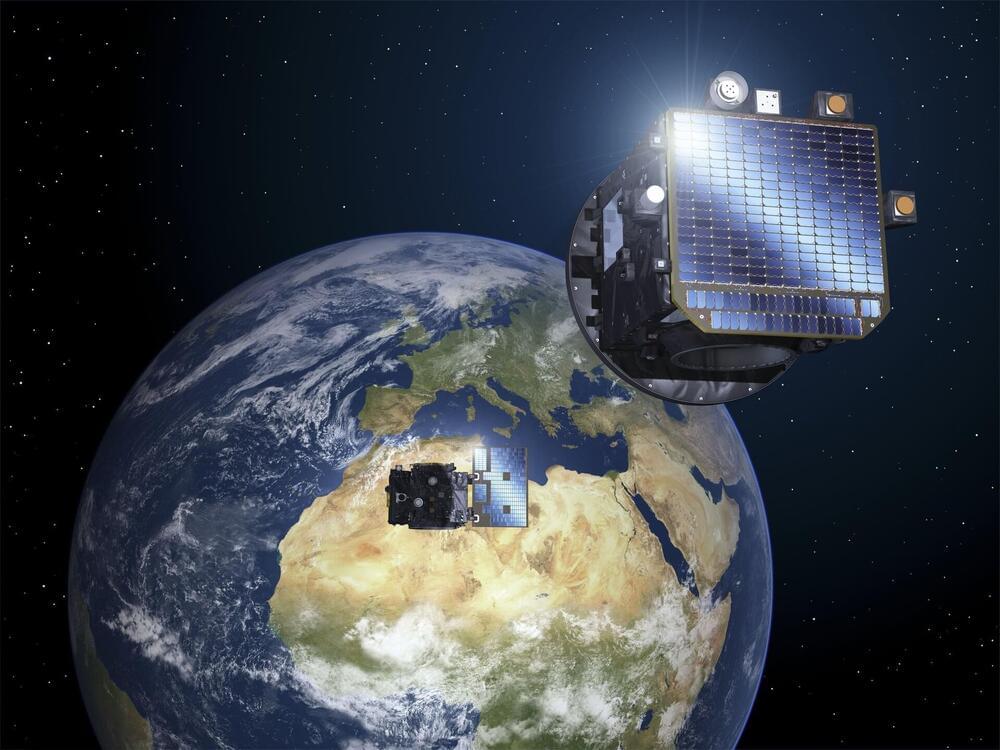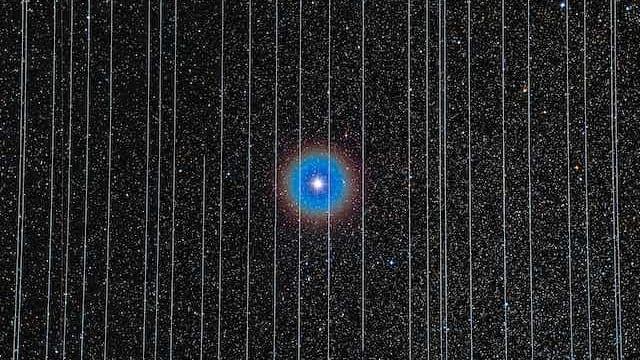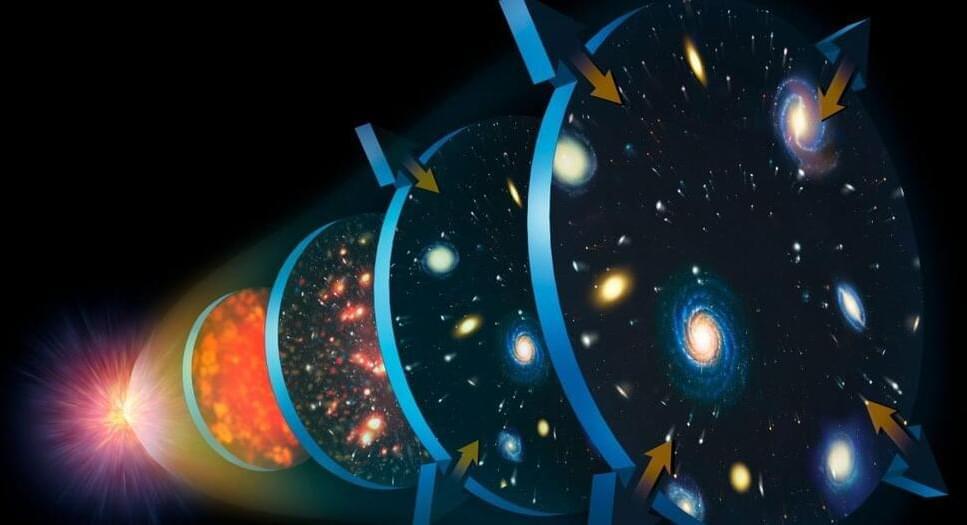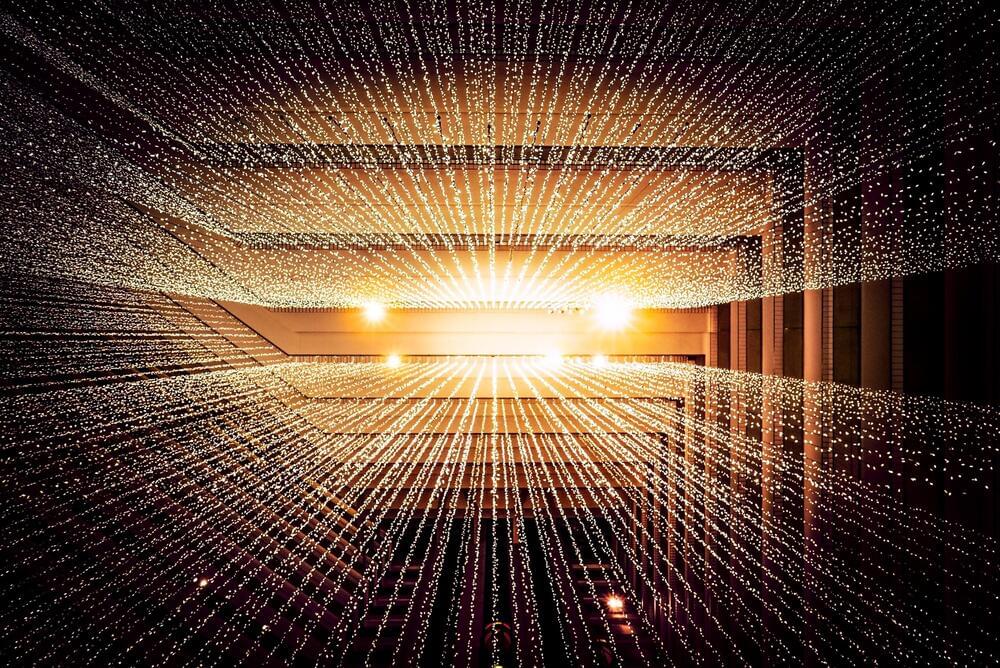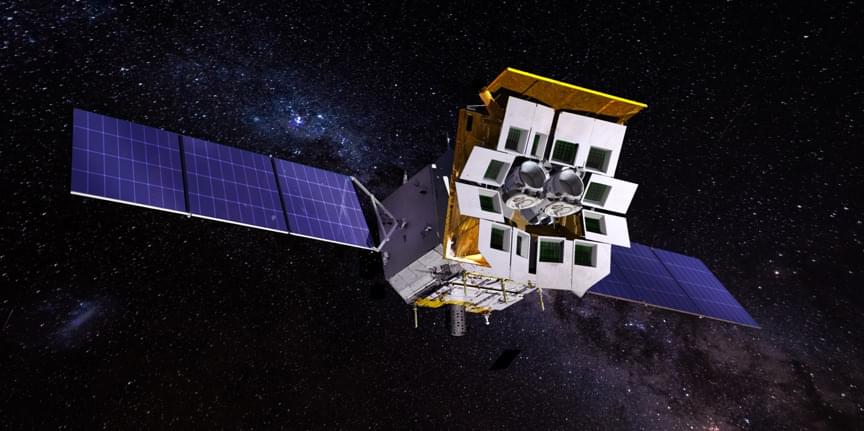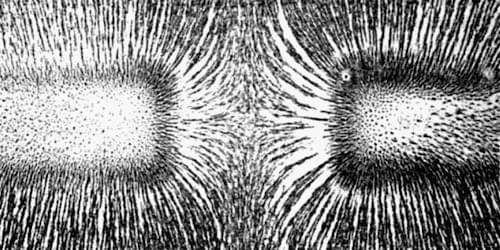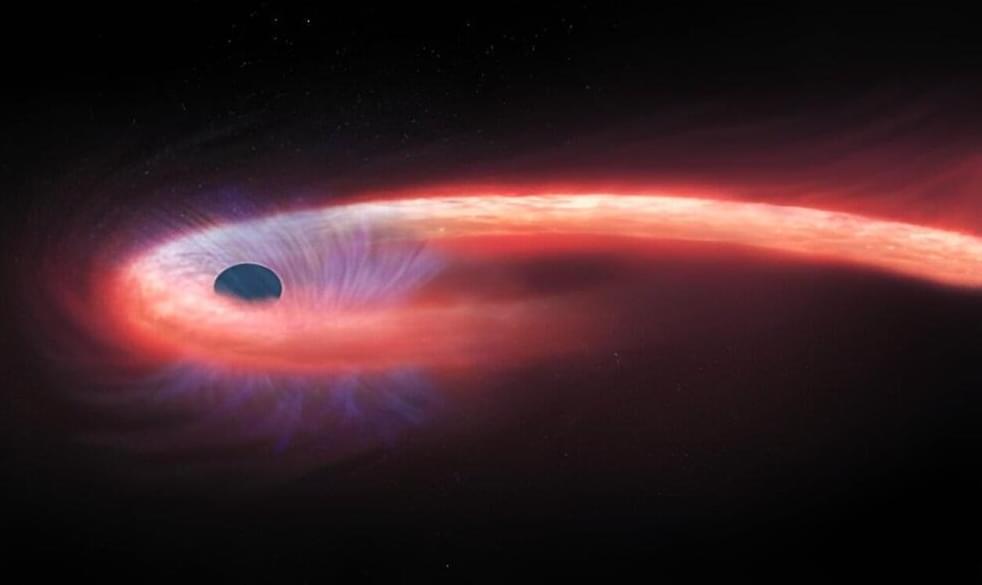Jan 15, 2024
Cosmic Puzzles: The Mystery Behind Universe’s Rare Radio Circles Unveiled
Posted by Saúl Morales Rodriguéz in categories: cosmology, physics
It’s not every day astronomers say, “What is that?” After all, most observed astronomical phenomena are known: stars, planets, black holes, and galaxies. But in 2019 the newly completed ASKAP (Australian Square Kilometer Array Pathfinder) telescope picked up something no one had ever seen before: radio wave circles so large they contained entire galaxies in their centers.
As the astrophysics community tried to determine what these circles were, they also wanted to know why the circles were. Now a team led by University of California San Diego Professor of Astronomy and Astrophysics Alison Coil believes they may have found the answer: the circles are shells formed by outflowing galactic winds, possibly from massive exploding stars known as supernovae. Their work is published in Nature.

